I stumbled on these lights at the local Home Depot store this weekend, and was intrigues by the price ($9.95 despite being listed at $20 online) and also the versatility. You can simply screw one into an exposed lamp holder and end up with a fixture instead of a bare bulb, while also using a lot less energy.Or you can use a supplied socket with a pigtail and wire it to a ceiling box. In my case, I was looking to improve garage lighting. A single 60W bulb was just not cutting it and I am not a big user of fluorescents. These things being small and light but also enclosed would be a good choice there
The specs are not too bad- 830 Lumens at 11.5W, 4000K- coolish for my taste, but it’s a garage after all.
What’s inside?
The top cover twists off easily and we are left with a basic round board full of LEDs:
The board has three strings of 8 LEDs in each, connected in parallel. The only cooling appears to be largish copper traces under each LED. I guess they are not being driven too hard here. The LEDs look similar to Seul Semi 5630 series with its four leaded package.
The board is single sided:
The back of the unit has the usual warning labels and the bulb threads :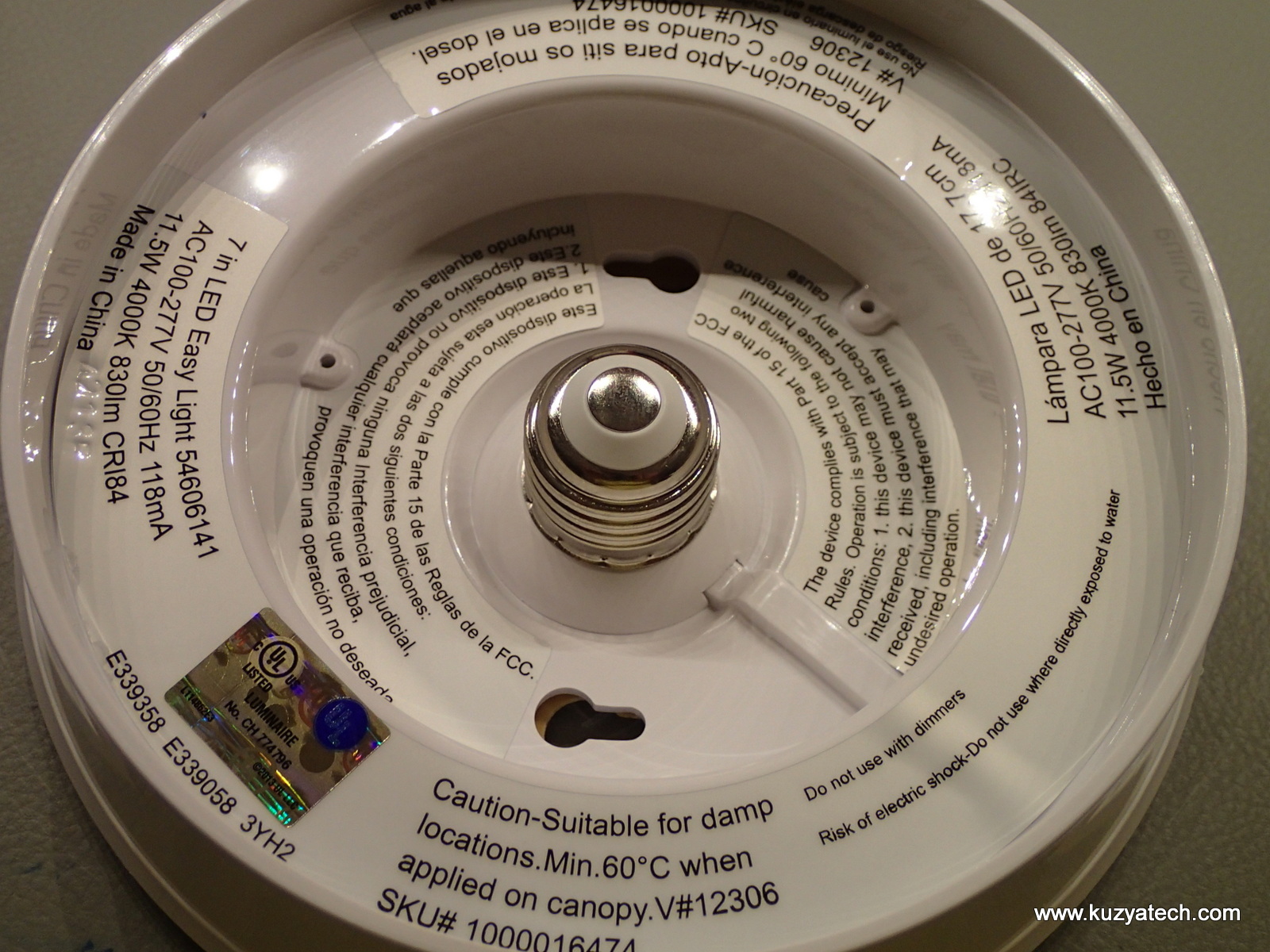
With the LED board lifted, we get access to the driver module
This is a 600V NMOS FET (Datasheet is here)
Things look nicely isolated and designed reasonably well.
Now, on to some measurements:
When powered, the LEDs run at around 25.6V, resulting in around 3.2V per LED. The LEDs are driven at 340mA total, or 113mA per string.
At 113mA per string, if we stick with the above assumption of LEDs being Seul Semi 5630 parts, we are looking at 35 Lumens or more per device, or about 830 total
The specs list 11.5W and I tend to believe that- Kill-A-Watt after all is not a precision instrument
Conclusion
I like the design- clean, well built and using reasonably good parts. There is very little manual labor- just soldering the wires. Everything else looks wave or reflow soldered. Granted this is not an omnidirectional fixture, but for a downfacing application like a garage, that’s actually a plus. No need to shine on the rafters after all.
Currently playing an electrician and installing a bunch of these in my garage.

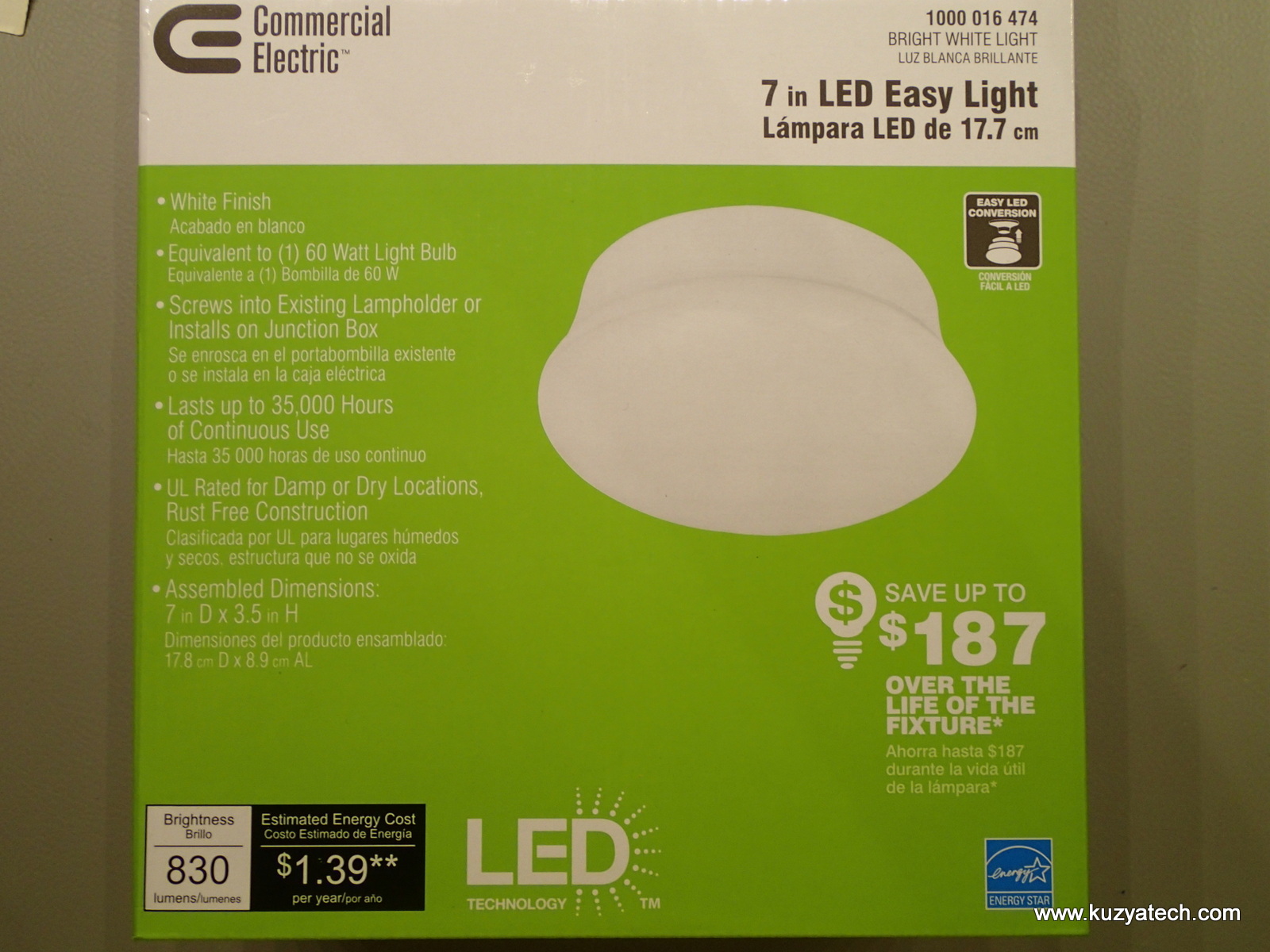



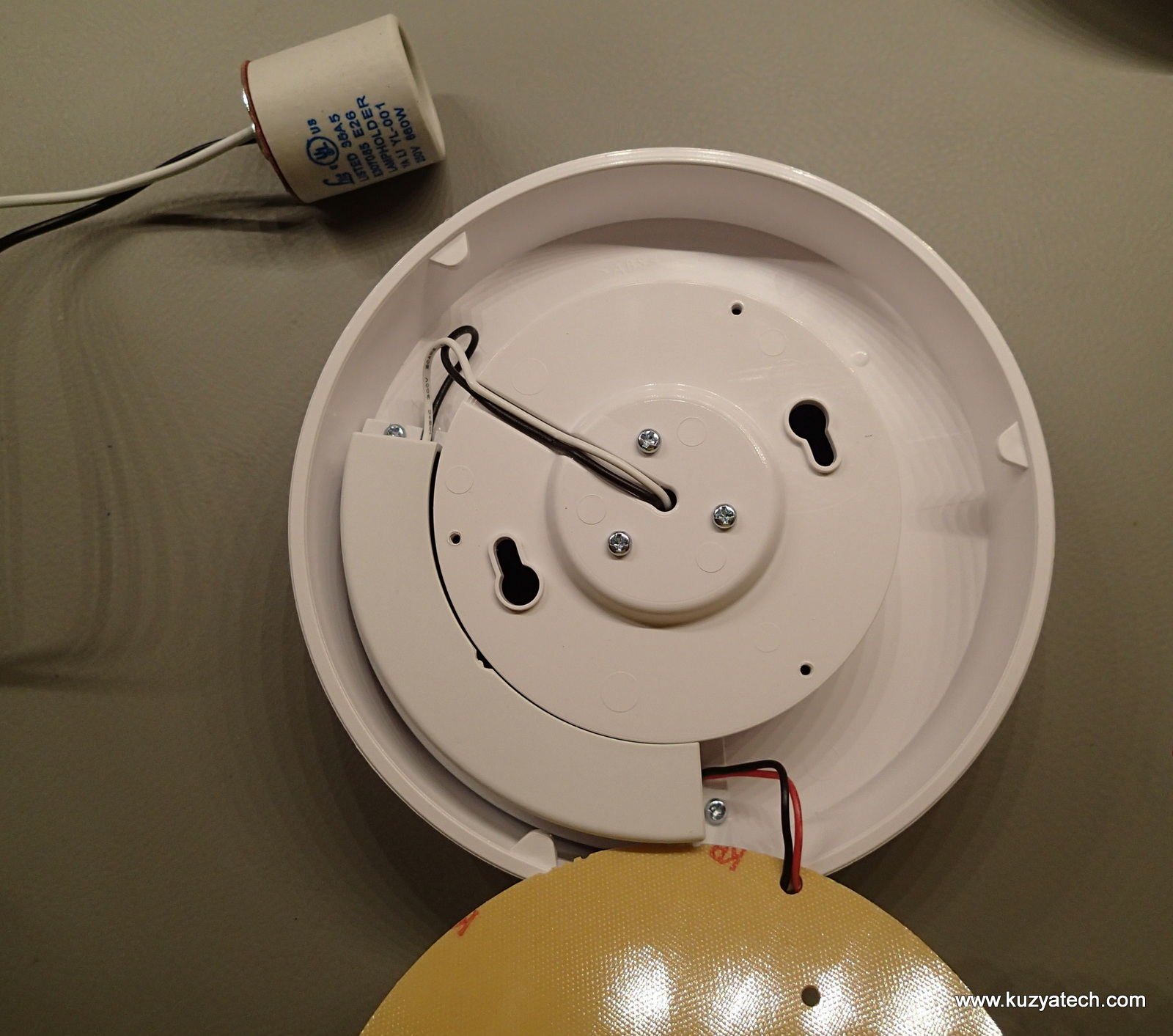
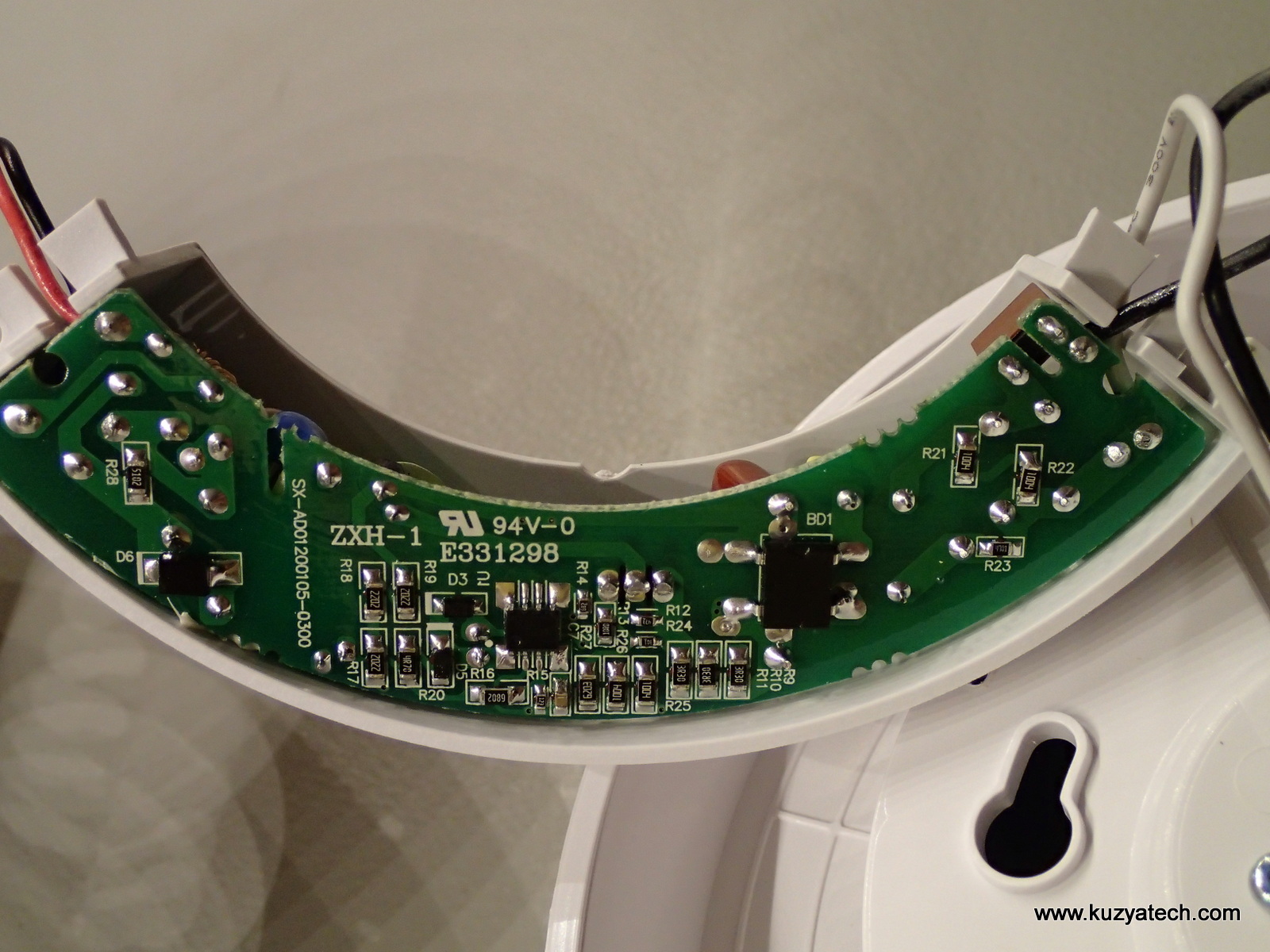

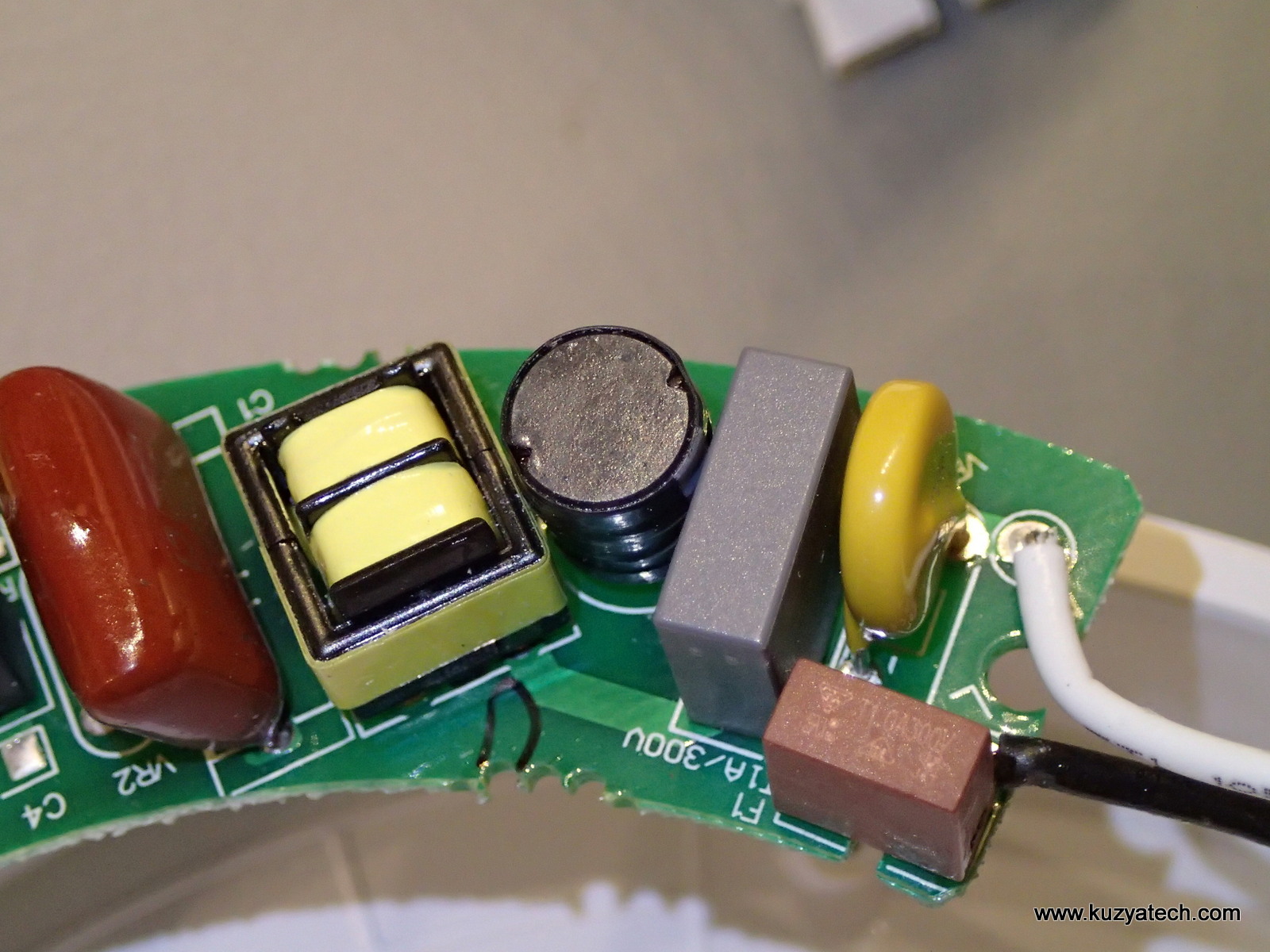
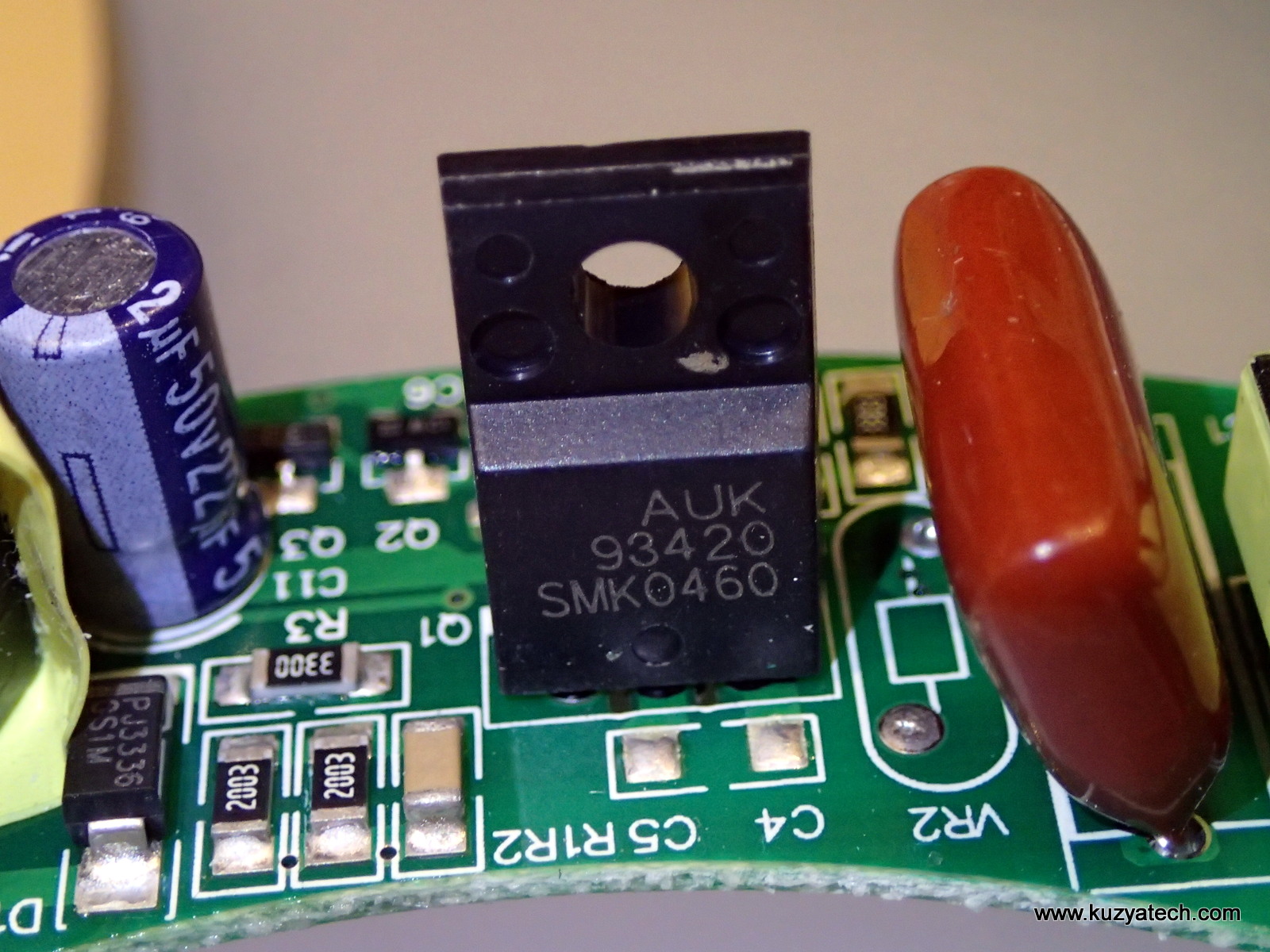

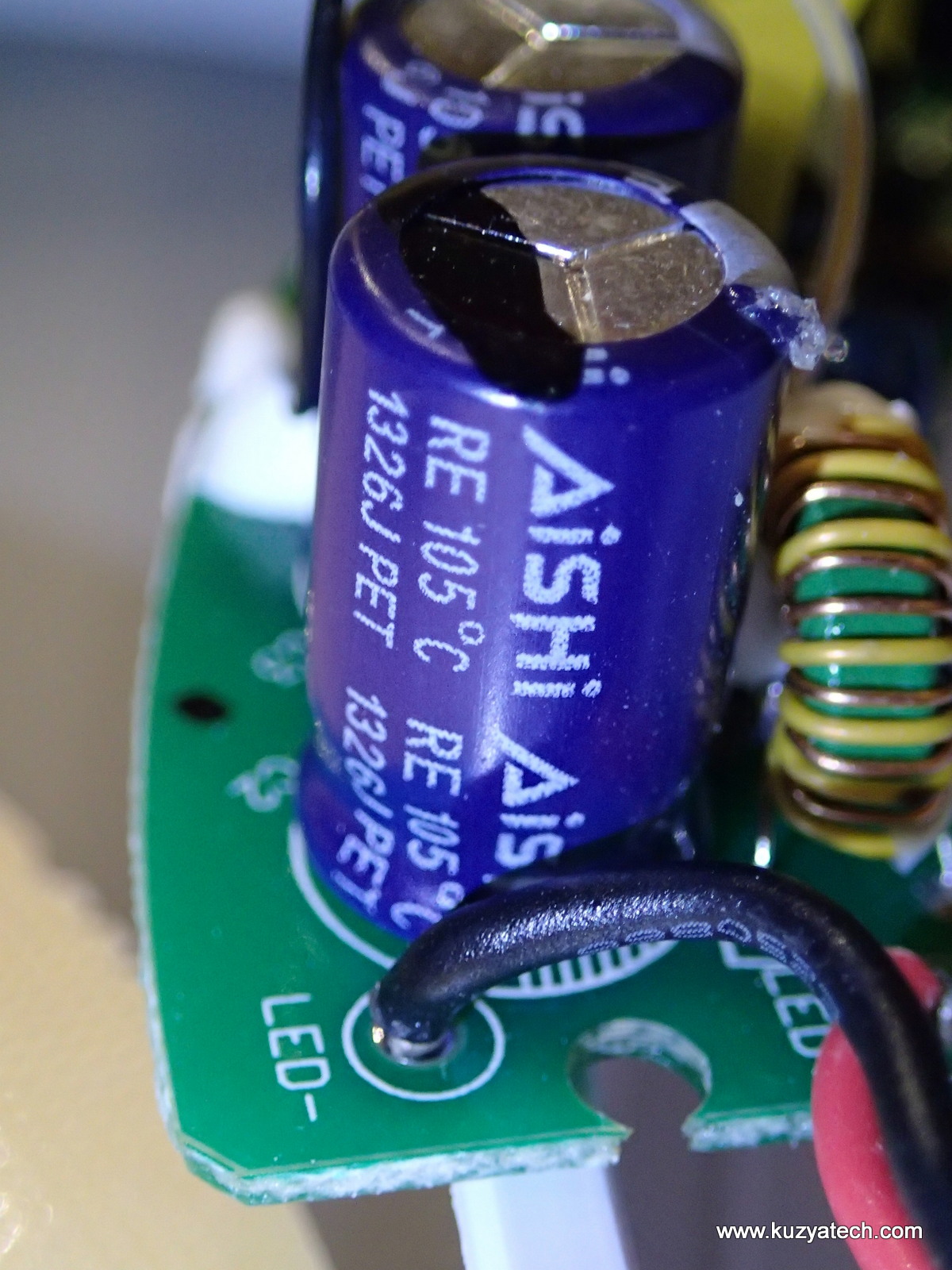
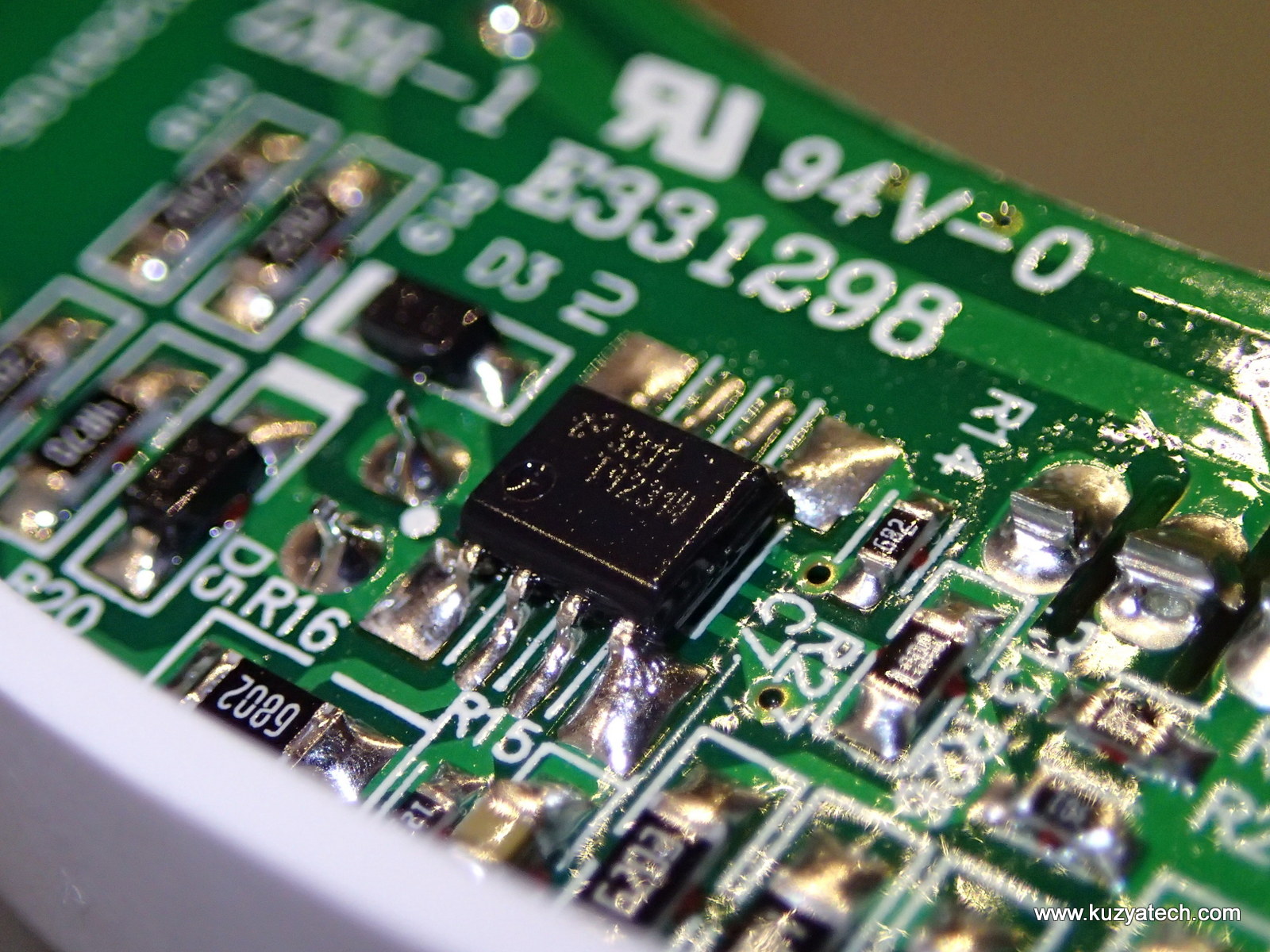

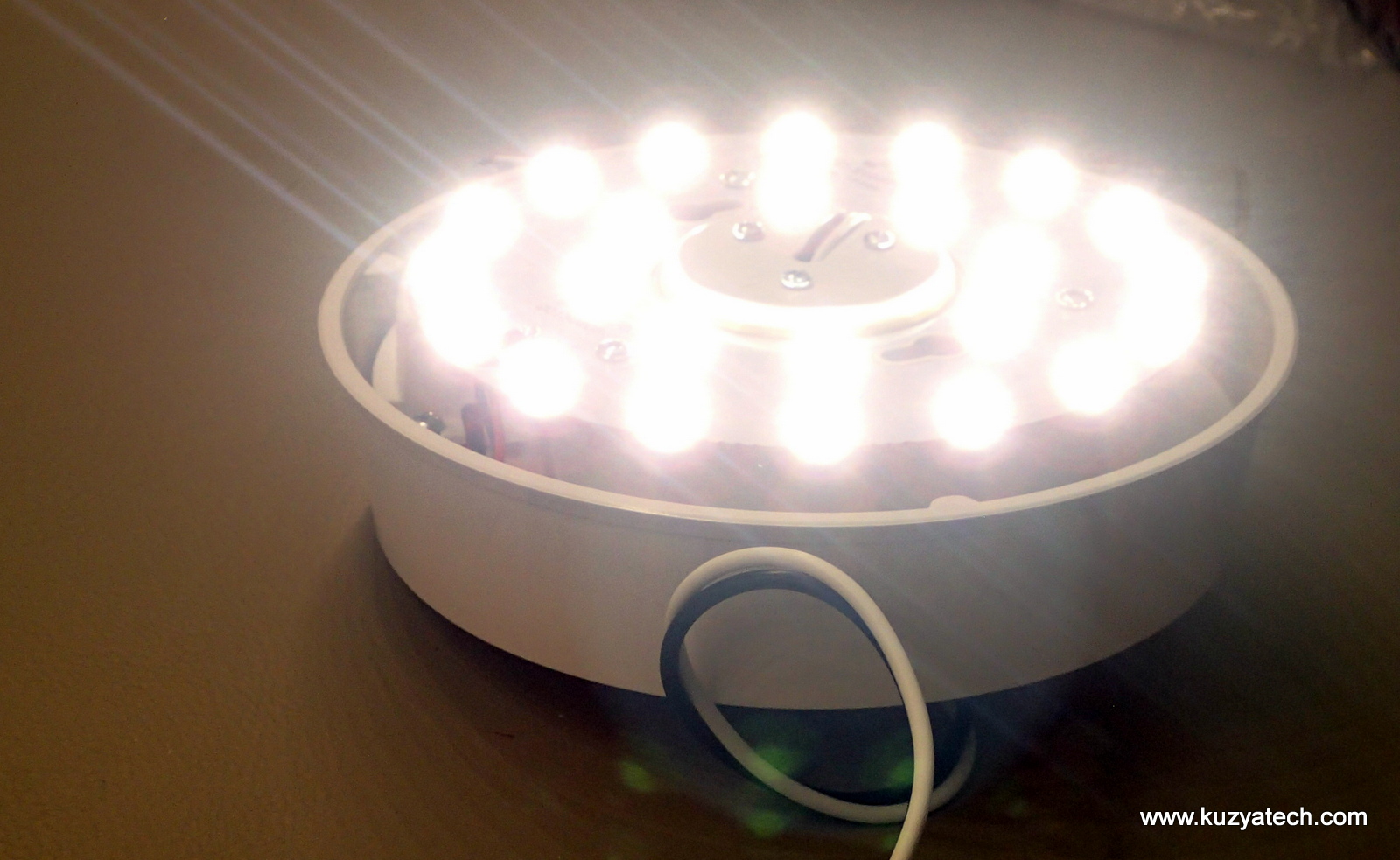
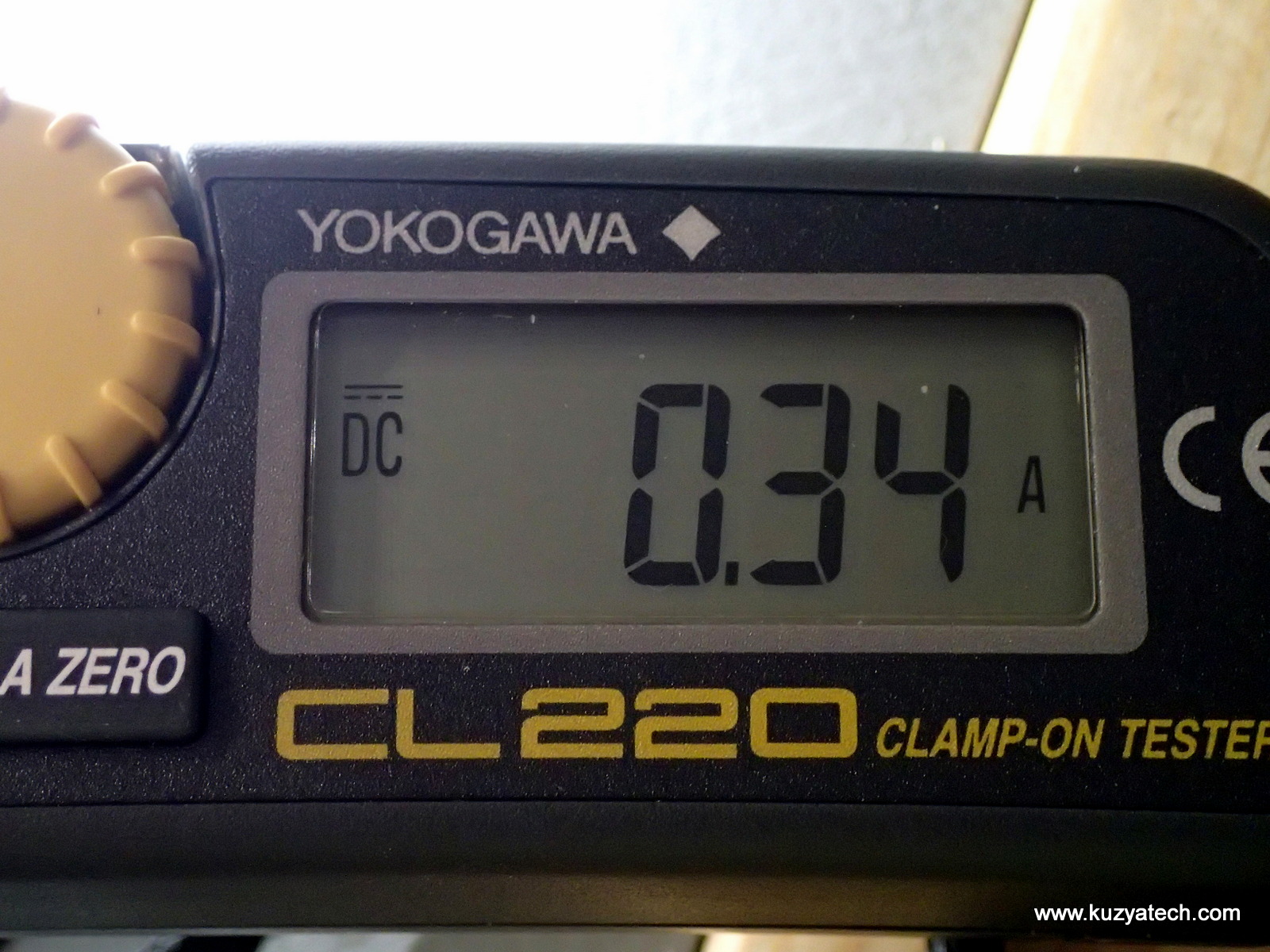


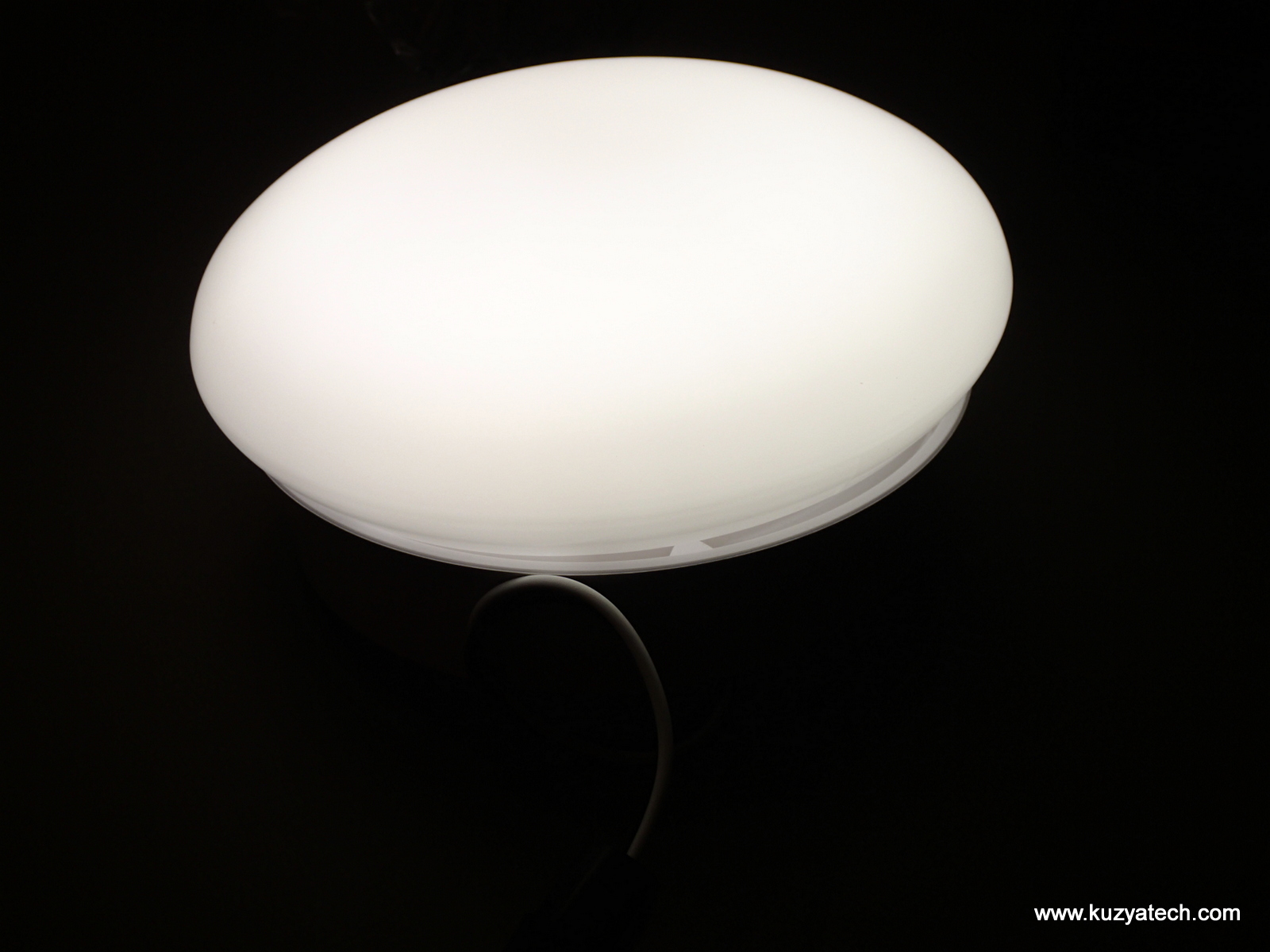
Pingback: Quick teardown- what’s inside a Home Depot 7in LED Easy light « adafruit industries blog
The Kill A Watt is not exactly True RMS. Better off with a Fluke 87 V meter and do the math for VA.
Square wave inputs are not exactly nice to most meter units and a switcher into LED is definitely not sinusoidal we discovered the very newest Fluke scope meter is the only one that can input from a 6 pulse variable speed drive and do the math even though the 5 year old one should have been able to. Turns out switchers have progressed to much sharper switching than people thought would happen. Better semi’s better transformers demand for energy efficiency. I am however surprised to see non solid electrolytic caps. Remember heat and freezing are the enemies of caps. (Yes just like a pop can in a car in the North.)
This article was helpful. The LED waffle is the exact same model of a triple LED waffle ceiling lamp I have from Leroy Merlin in Portugal. Mines have a later date string “20150409” instead of yours “2013”.
I needed a replacement power supply and just ordered it. Multiple original power supplies have gone bad in the span of 4 years and none of the LEDs, which is telling of the quality. This lamp is rated 24W (24/3 = 7W per waffle).
Thanks for the current reading. My meter is broken.